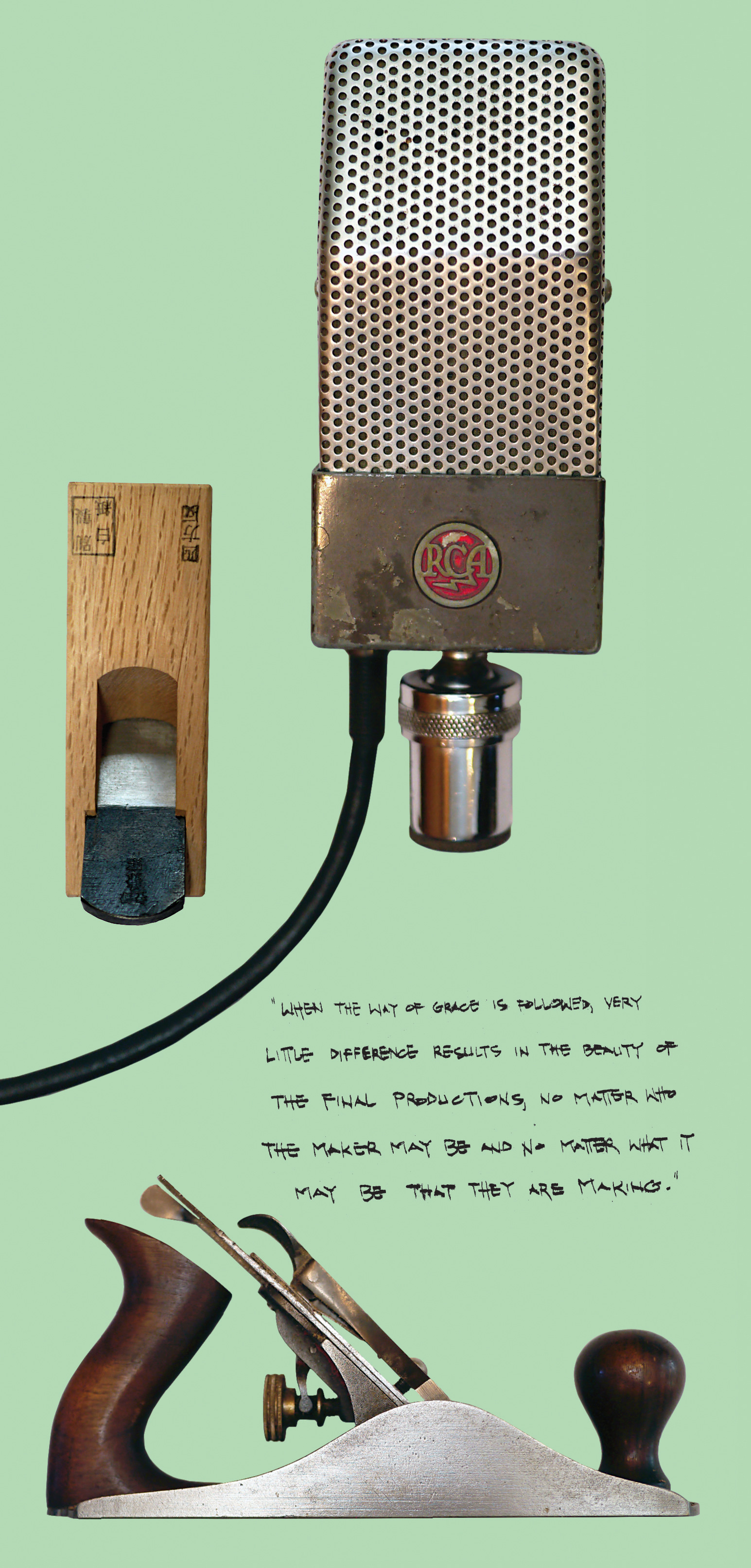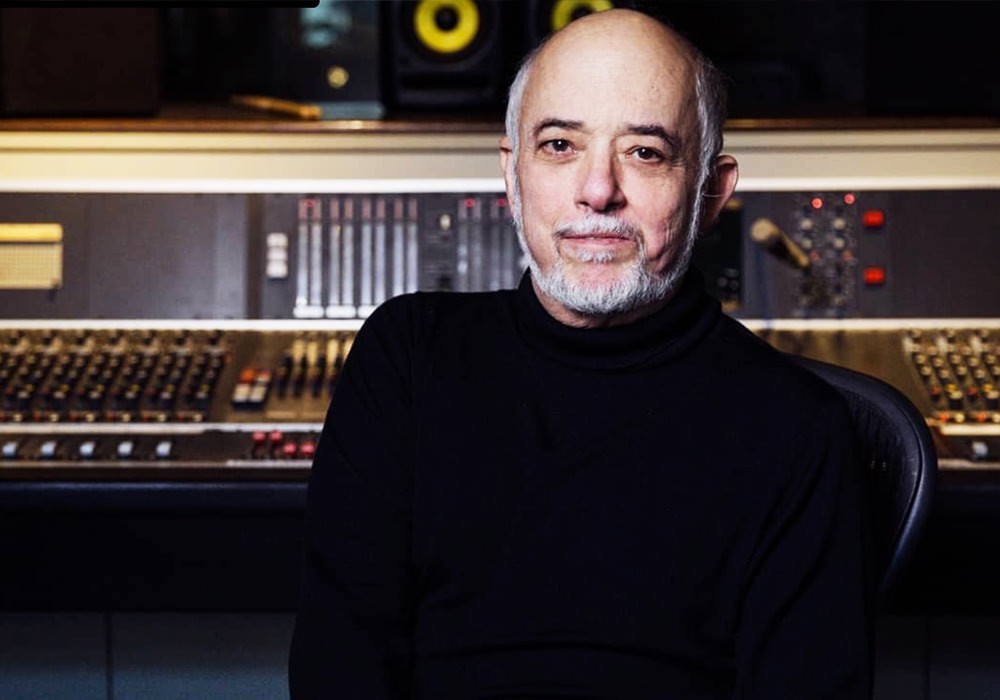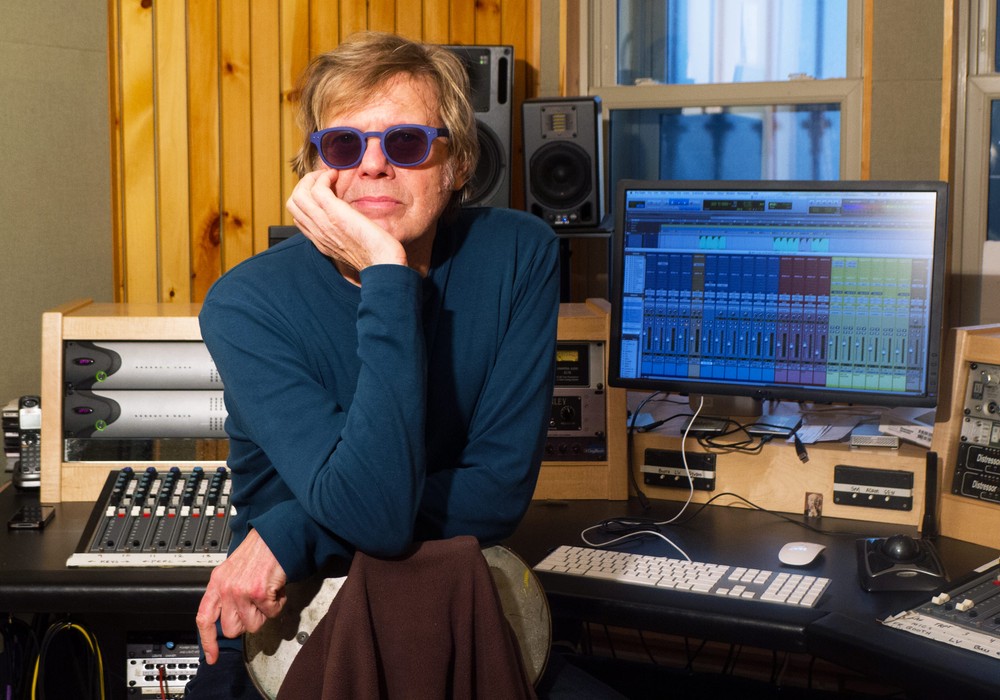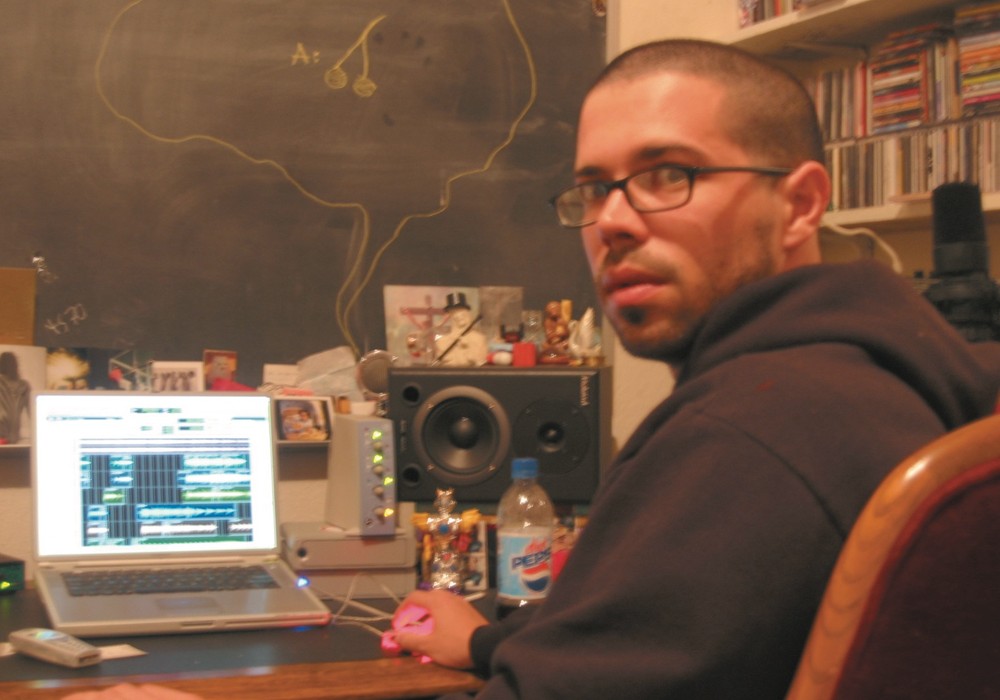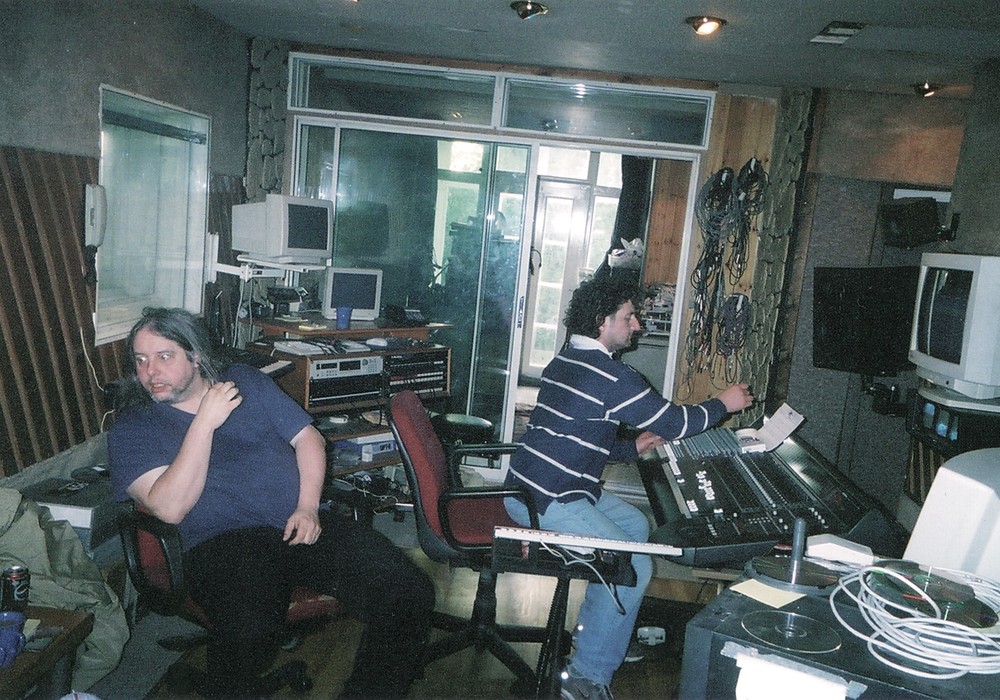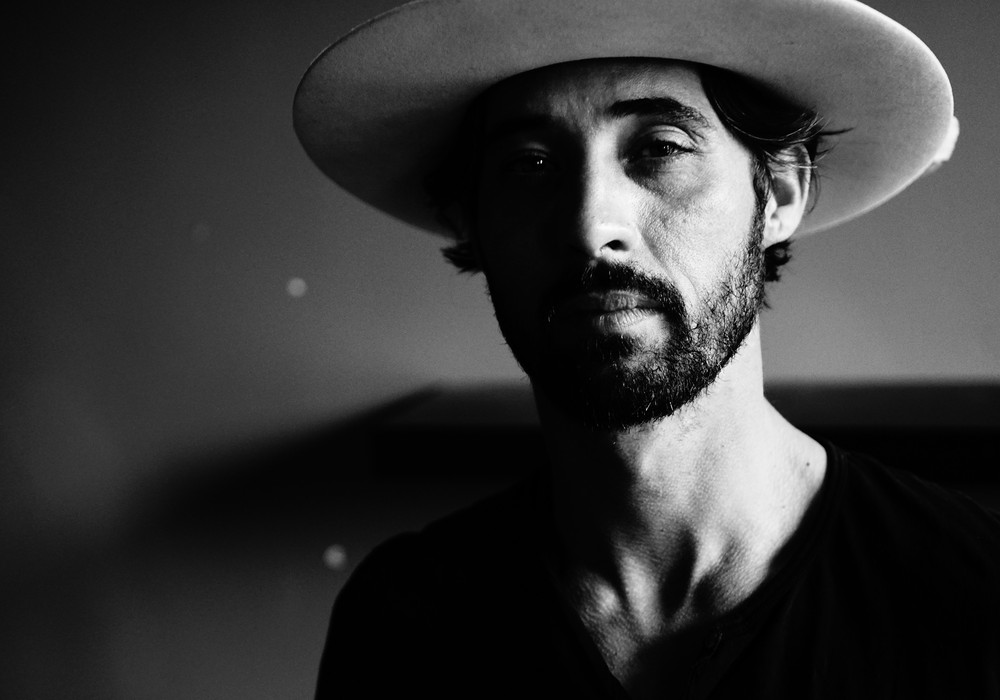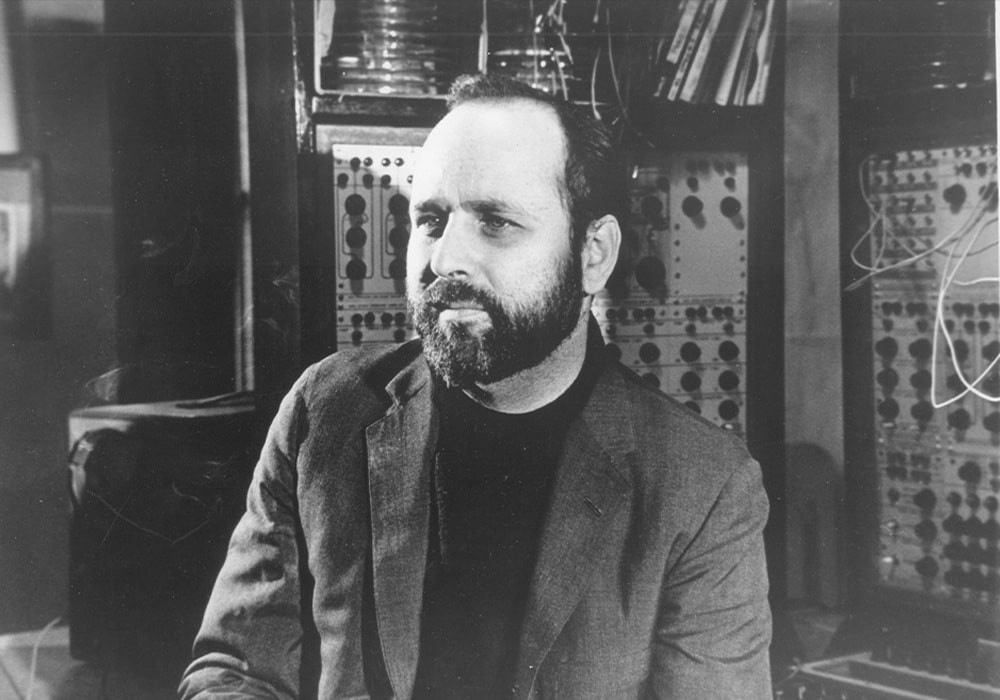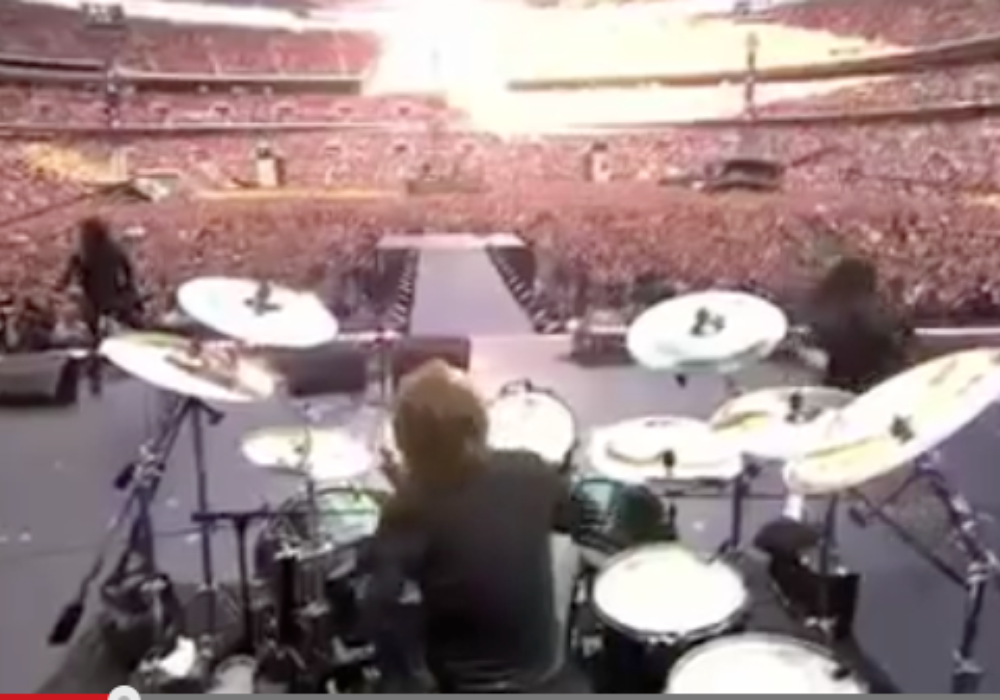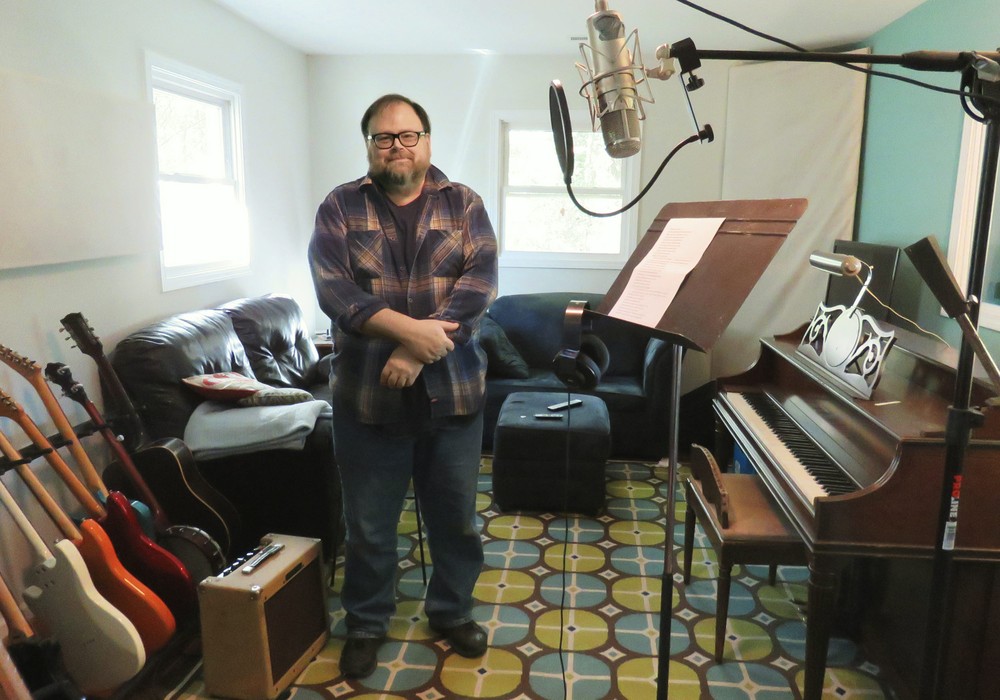Craig Leon produced a host of who’s who New York band debuts in the mid-1970s, including Blondie, Richard Hell the Voidoids, and Suicide. He went onto work with many stalwart artists such as Guy Clark, The Roches, Dwight Twilley, and Rodney Cowell, before segueing into classical music, including recording with masters such as Luciano Pavarotti and George Martin. He will most likely always be associated with the original NYC punk scene, producing The Ramones’ first (self-titled) album and “discovering” the Talking Heads while working A&R for Sire Records. More recently, his own history as a composer has led to a growing interest in exploring the developments with immersive recording technology.
What is the same, or different, about producing classical music versus pop music?
Classical singers often don’t have any awareness of mic technique. They can be plenty loud, though. Extremely loud. Even overmodulating. But a lot of punk is overmodulated as well. The reality is that I used the same basic mics and limiters for recording Pavarotti as The Ramones. Though, for Pavarotti, I did also have additional “classical” mics, like Schoeps MK 21s. Classical recording has more to do with capturing an optimal performance – a live recording of an interpretation of another writer’s work. In classical, we are editing together the best possible bits. This can come down to bars, or even single notes. We can have hundreds of thousands of edits on one recording, but from only two or three takes total. I am not exaggerating; it is not uncommon. With pop, on the other hand, what we are getting is music that is intuitive. Classical has a manual for instruction. Pop usually isn’t done that way. Pop is done from the germ of an idea that a writer has. They have something they want to hear – that is, whoever is in charge of the ethos of the project – and the producer and engineer’s job is to try to develop that and get it down on tape as the artist imagines it. That leads to a lot of experimentation and trying different ideas in the studio. The producer’s role is largely of making suggestions. In classical, it is more pointing out mistakes that need to be improved or corrected. The person who straddled those two worlds the best is George Martin. I was lucky enough to work with him, and know him. In his recordings, we can hear both classical and pop techniques applied on the same record – especially with The Beatles. In pop, as a producer your job is not to impose the “right” thing, but rather to suggest several ideas that might help the artist get their viewpoint across. Their verbal communication is often, “I want it to sound like a feather floating down a river,” or, “I want something Vivaldi-esque.” Okay, well, Vivaldi sounded a lot of different ways – even in a single piece – so helping to find a way to translate that information sonically is key.
I am assuming that with the old classical recordings – since they were done on tape – there was less editing. Maybe only big chunks, like for an entire movement?
No, you’d be surprised. On some of the analog sessions, there was tape all over the room. The thing with editing is people can get hooked on it, because they can always make it “better.” In addition to overhead stereo mics, on some classical recordings now you’ll have a mic on almost every instrument, which is what they almost always do with film scores. Generally, in a mix, we’ll end up with only five to twenty mics which represent 80 percent of what we are hearing. Sometimes an inferior take is suddenly magical for five bars, so we’ll paste that into the stronger overall track. Beethoven was very specific about timing, but if you listen to ten different recordings of the same piece, not one of them respects his timing. [laughs] They all are quite different from each other, in terms of pace.
There must have been many early cases where they sped up songs to make it fit on the lacquers.
Yes, some of my favorite blues records are the 78s where they started at 110 BPM and by the end, they are topping 190 BPM. I can tell there is an engineer frantically motioning to the singer to finish the song before they run out of space! Henry Thomas was one of those that happened with a lot. With classical we might just lengthen a rest [pause] to empathize it more, and that’s all we’ll change on the whole piece. Recording is so fascinating – we are grabbing sounds out of the air and then sending them back out so that people can have reactions to them, often emotional reactions! With immersive recording, the whole room is opened up. It...
